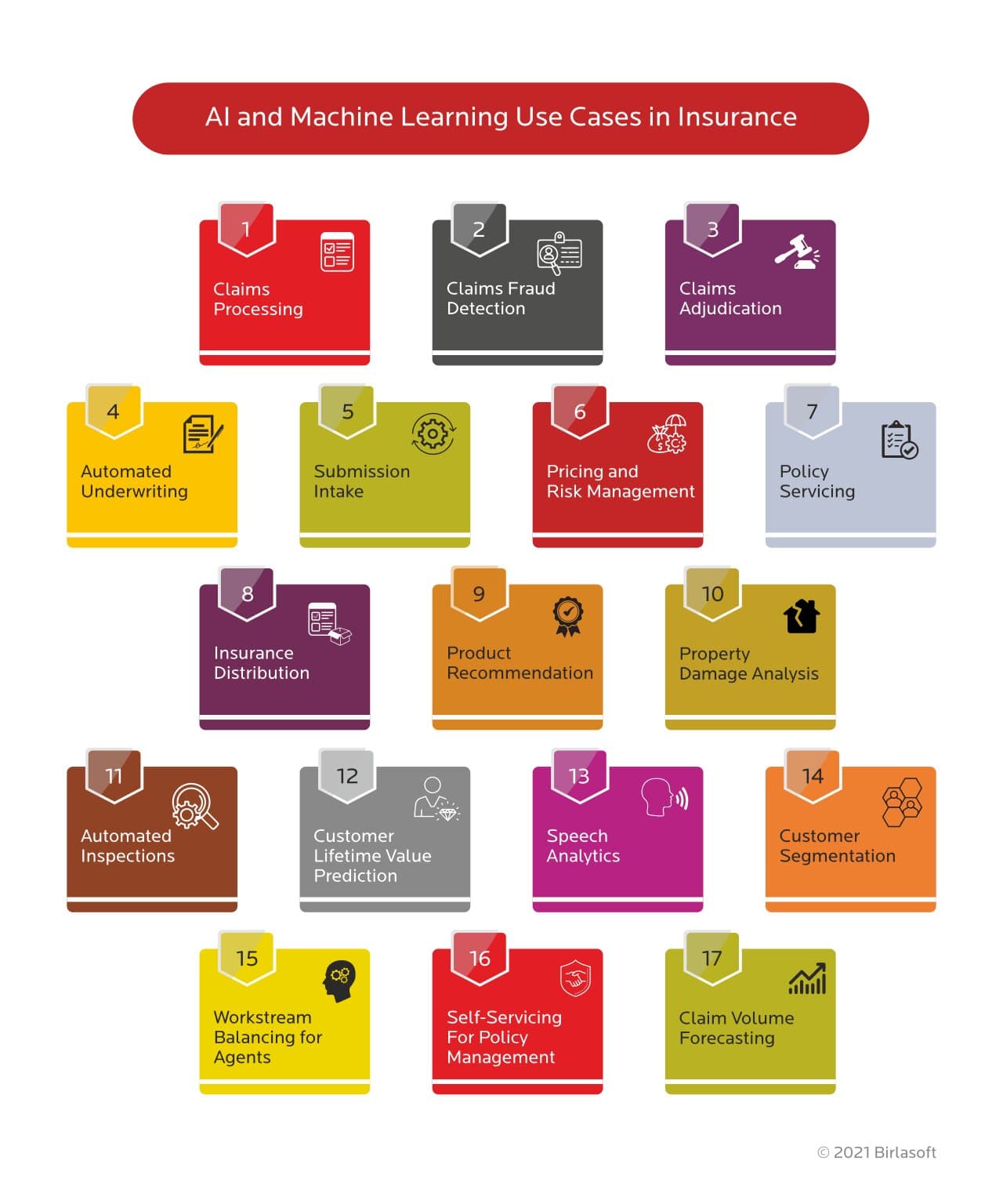
There are two types: deductive and inductive reasoning. Here's a summary of these reasoning methods. Deductive and inductive reasoning tend to be grouped together. However, backward Induction can also be used. Backward induction can prove useful when reasoning about unknown objects. Inductive reasoning, however, considers all possible explanations and does not rely on evidence. Inductive reasoning is often used to favor one conclusion over another, falsify alternative explanations, or show that the preferred conclusion most likely true.
Intuitive reasoning
Intuitive reasoning is an important component of many medical fields' diagnostic reasoning. Recent research examined the ability of physicians to use their intuitive diagnostic reasoning in hospitals. The study looked at intuition's benefits and drawbacks, and also the differences among specialty specialties. This study was limited to physicians working in a medical environment, but there are other uses of intuition. This study is crucial for clinicians interested to use intuition in a healthcare setting.

Inductive reasoning
Inductive reasoning is a way of reasoning that uses specific observations to deduce a general principle. Inductive reasoning is different from deductive reasoning. It uses broad generalizations that are based on specific observations. To understand the difference between deductive and inductive reasoning, it helps to understand how each type of reasoning works. Below are some of the key differences between the types of reasoning. Read on to learn more about these differences and how to apply them in your daily life.
Abductive reasoning
Abduction is used in many ways, including fault detection, automated planning, and belief revising. Abduction interprets a case in a specific way, in contrast to induction that produces a general truth out of multiple data. In the process, it can reduce complexity to a level that is attainable only by incorporating other evidence. Abduction is not without limitations. Therefore, it needs to be carefully thought through and analysed. Here are some examples.
Induction from the back
Backward induction is the use of the idea of recursion during reasoning. The ability to think recursively is a prerequisite for human achievements, such as language acquisition and basic numeracy. This ability may be innate, and is demonstrated in strategic games. It has also been connected to fundamental human cognitive processes including recursivelearning. These connections are not strong, but the principle is compelling.
Analogy and inductive reasoning
Inductive reasoning through analogy is the process of comparing two things in order to make inferences. To draw a conclusion, the analogy relies on similarities between objects. These similarities may exist in any amount, since no two objects are identical. For example, two people with similar tastes in movies will naturally reason that they will love the same movie. However, analogy can sometimes be misused. These are examples of misused inductive reasoning through analogy.

Comparative reasoning is an inductive method of reasoning
What makes deductive reasoning different from inductive reasoning? It is how we draw our conclusions. Deductive reasoning is based on a general presumption. Then we examine that premise against particular incidents. Inductive reasoning on the other hand starts with a general assumption and proceeds to specific data. Inductive reasoning operates in the reverse direction, using a specific observation to support a general conclusion.
FAQ
What is the state of the AI industry?
The AI industry continues to grow at an unimaginable rate. By 2020, there will be more than 50 billion connected devices to the internet. This will allow us all to access AI technology on our laptops, tablets, phones, and smartphones.
Businesses will need to change to keep their competitive edge. They risk losing customers to businesses that adapt.
The question for you is, what kind of business model would you use to take advantage of these opportunities? Could you set up a platform for people to upload their data, and share it with other users. Maybe you offer voice or image recognition services?
Whatever you decide to do in life, you should think carefully about how it could affect your competitive position. You won't always win, but if you play your cards right and keep innovating, you may win big time!
AI: Good or bad?
AI is seen both positively and negatively. Positively, AI makes things easier than ever. Programming programs that can perform word processing and spreadsheets is now much easier than ever. Instead, our computers can do these tasks for us.
On the negative side, people fear that AI will replace humans. Many believe that robots could eventually be smarter than their creators. This means they could take over jobs.
Which AI technology do you believe will impact your job?
AI will eliminate certain jobs. This includes drivers, taxi drivers as well as cashiers and workers in fast food restaurants.
AI will create new jobs. This includes data scientists, project managers, data analysts, product designers, marketing specialists, and business analysts.
AI will make current jobs easier. This includes doctors, lawyers, accountants, teachers, nurses and engineers.
AI will make it easier to do the same job. This includes customer support representatives, salespeople, call center agents, as well as customers.
AI is useful for what?
Artificial intelligence (computer science) is the study of artificial behavior. It can be used in practical applications such a robotics, natural languages processing, game-playing, and other areas of computer science.
AI is also called machine learning. Machine learning is the study on how machines learn from their environment without any explicitly programmed rules.
There are two main reasons why AI is used:
-
To make our lives easier.
-
To accomplish things more effectively than we could ever do them ourselves.
A good example of this would be self-driving cars. AI is able to take care of driving the car for us.
Who are the leaders in today's AI market?
Artificial Intelligence (AI), a subfield of computer science, focuses on the creation of intelligent machines that can perform tasks normally required by human intelligence. This includes speech recognition, translation, visual perceptual perception, reasoning, planning and learning.
There are many types today of artificial Intelligence technologies. They include neural networks, expert, machine learning, evolutionary computing. Fuzzy logic, fuzzy logic. Rule-based and case-based reasoning. Knowledge representation. Ontology engineering.
It has been argued that AI cannot ever fully understand the thoughts of humans. But, deep learning and other recent developments have made it possible to create programs capable of performing certain tasks.
Google's DeepMind unit has become one of the most important developers of AI software. Demis Hassabis founded it in 2010, having been previously the head for neuroscience at University College London. DeepMind was the first to create AlphaGo, which is a Go program that allows you to play against top professional players.
Where did AI come from?
Artificial intelligence was created in 1950 by Alan Turing, who suggested a test for intelligent machines. He said that if a machine could fool a person into thinking they were talking to another human, it would be considered intelligent.
The idea was later taken up by John McCarthy, who wrote an essay called "Can Machines Think?" McCarthy wrote an essay entitled "Can machines think?" in 1956. In it, he described the problems faced by AI researchers and outlined some possible solutions.
Statistics
- According to the company's website, more than 800 financial firms use AlphaSense, including some Fortune 500 corporations. (builtin.com)
- Additionally, keeping in mind the current crisis, the AI is designed in a manner where it reduces the carbon footprint by 20-40%. (analyticsinsight.net)
- In 2019, AI adoption among large companies increased by 47% compared to 2018, according to the latest Artificial IntelligenceIndex report. (marsner.com)
- A 2021 Pew Research survey revealed that 37 percent of respondents who are more concerned than excited about AI had concerns including job loss, privacy, and AI's potential to “surpass human skills.” (builtin.com)
- In the first half of 2017, the company discovered and banned 300,000 terrorist-linked accounts, 95 percent of which were found by non-human, artificially intelligent machines. (builtin.com)
External Links
How To
How to create an AI program that is simple
It is necessary to learn how to code to create simple AI programs. There are many programming languages, but Python is our favorite. It's simple to learn and has lots of free resources online, such as YouTube videos and courses.
Here is a quick tutorial about how to create a basic project called "Hello World".
To begin, you will need to open another file. This can be done using Ctrl+N (Windows) or Command+N (Macs).
Enter hello world into the box. Enter to save this file.
Press F5 to launch the program.
The program should display Hello World!
This is just the start. If you want to make a more advanced program, check out these tutorials.